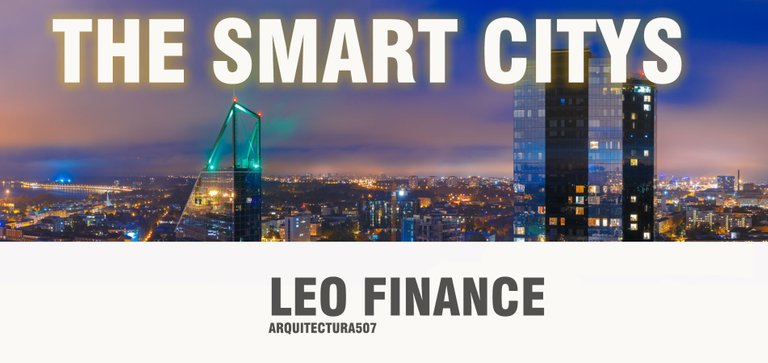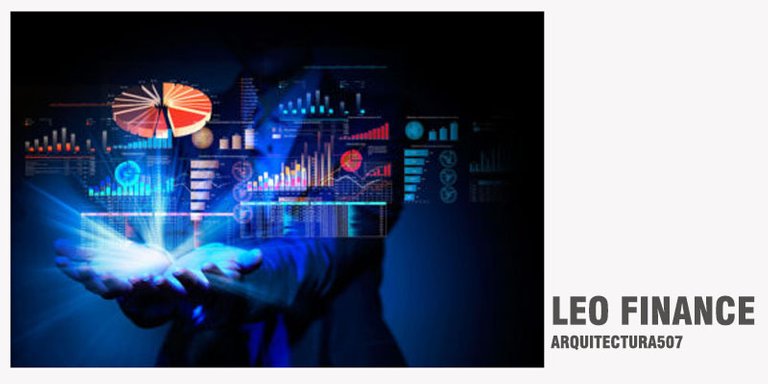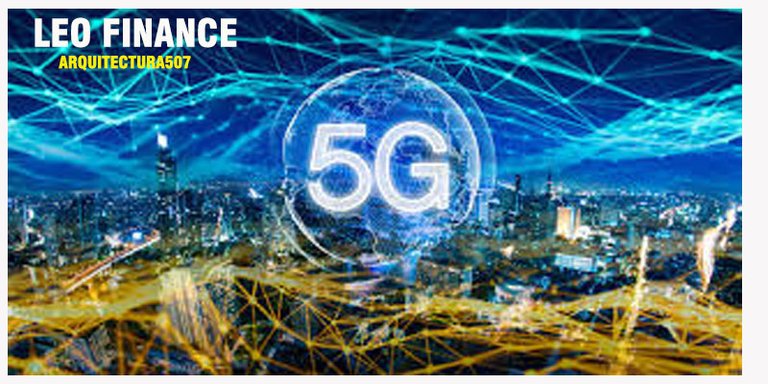The Smart Citys

there are four major components to any successful smart city initiative now being developed.
** 1. COLLECT**

This is the very heart of IoT and networking in which data is being collected and shared about a city’s condition — and this is happening anywhere and everywhere. “You don’t have to wonder if your streets are congested,” Brest says. Your streets tell you, thanks to a system of cameras, apps and networking.
**
2 COMMUNICATE

This is about accessing and sharing data where it’s needed most, like city-wide networks that Berst predicts will soon operate on a 5G network (it’s already being tested in Asia).
**3. COMPUTE **
This is how analytics are read and reported, ushering in an era of predictive analytics that help local governments make smarter decisions. For example: Should a traffic light change 10 seconds earlier to help cut back on congestion? Could a water sensor discover a leak before there’s any real damage to a street or community?
** 4. CONTROL** This is how people truly harness the power of the other three categories — with data and tools over a secure communications network. The result can be as simple as knowing when to turn off lights when no one is in a room to tracking street maintenance before it poses a problem. Berst thinks of smarter cities in two ways — the first in terms of outside-in and the second as an inside-out approach. “Outside-in is getting this information, getting environmental sensors and video cameras,” he says. “Inside-out is taking the city’s services and delivering them digitally. Just like I do a big

Hay cuatro componentes principales para cualquier iniciativa exitosa de ciudad inteligente que se esté desarrollando.
** 1. RECOGER **
! [COLECT.jpg] ( )
)
Este es el corazón del IoT y las redes en el que se recopilan y comparten datos sobre la condición de una ciudad, y esto está sucediendo en cualquier lugar y en todas partes. "No tiene que preguntarse si sus calles están congestionadas", dice Brest. Tus calles te lo dicen, gracias a un sistema de cámaras, aplicaciones y networking.
**
** 2 COMUNICAR **
! [5G 2 LEO.jpg] ( )
)
Se trata de acceder y compartir datos donde más se necesitan, como las redes de toda la ciudad que Berst predice que pronto operarán en una red 5G (ya se está probando en Asia).
** 3. COMPUTA **
Así es como se leen e informan los análisis, lo que marca el comienzo de una era de análisis predictivos que ayudan a los gobiernos locales a tomar decisiones más inteligentes. Por ejemplo: ¿Debería un semáforo cambiar 10 segundos antes para ayudar a reducir la congestión? ¿Podría un sensor de agua descubrir una fuga antes de que haya un daño real en una calle o comunidad?
** 4. CONTROL ** Así es como las personas realmente aprovechan el poder de las otras tres categorías: con datos y herramientas a través de una red de comunicaciones segura. El resultado puede ser tan simple como saber cuándo apagar las luces cuando no hay nadie en una habitación o rastrear el mantenimiento de la calle antes de que presente un problema. Berst piensa en las ciudades más inteligentes de dos maneras: la primera en términos de afuera hacia adentro y la segunda como un enfoque de adentro hacia afuera. “De afuera hacia adentro está obteniendo esta información, obteniendo sensores ambientales y cámaras de video”, dice. “Inside-out está tomando los servicios de la ciudad y entregándolos digitalmente. Al igual que yo hago un gran
Posted Using LeoFinance Beta